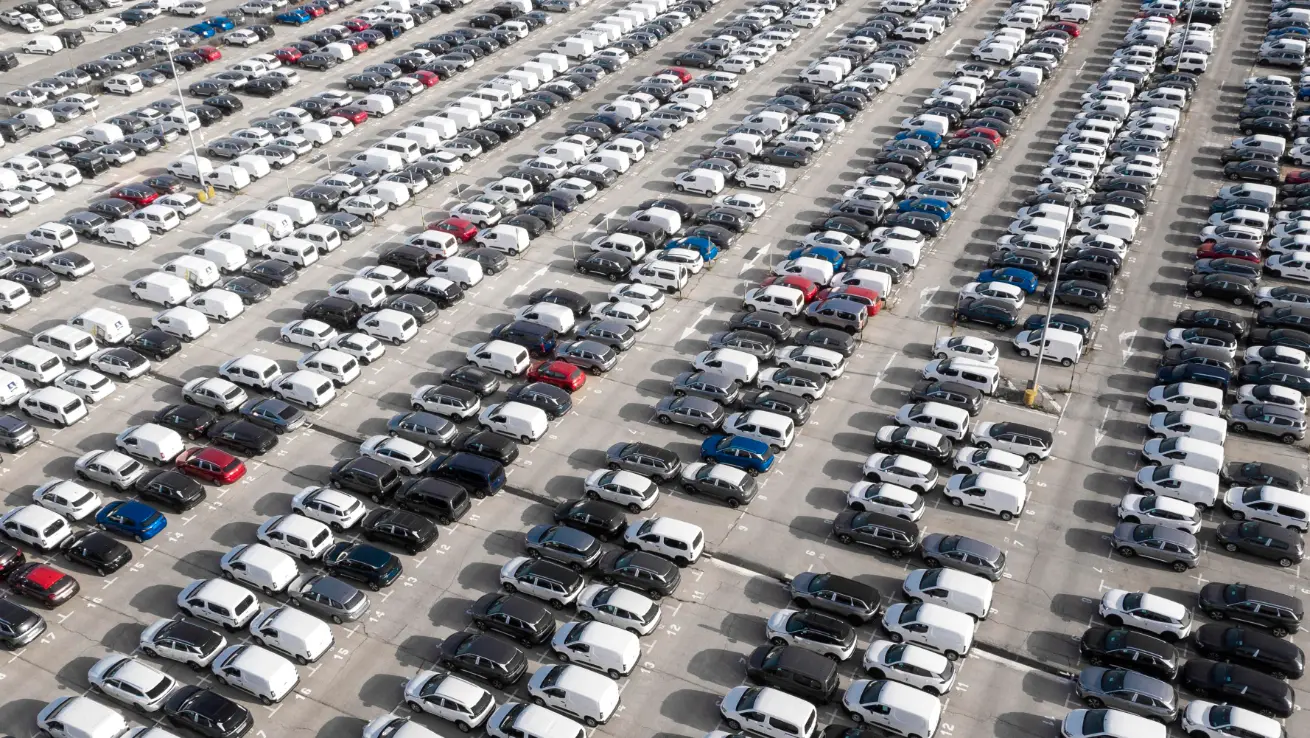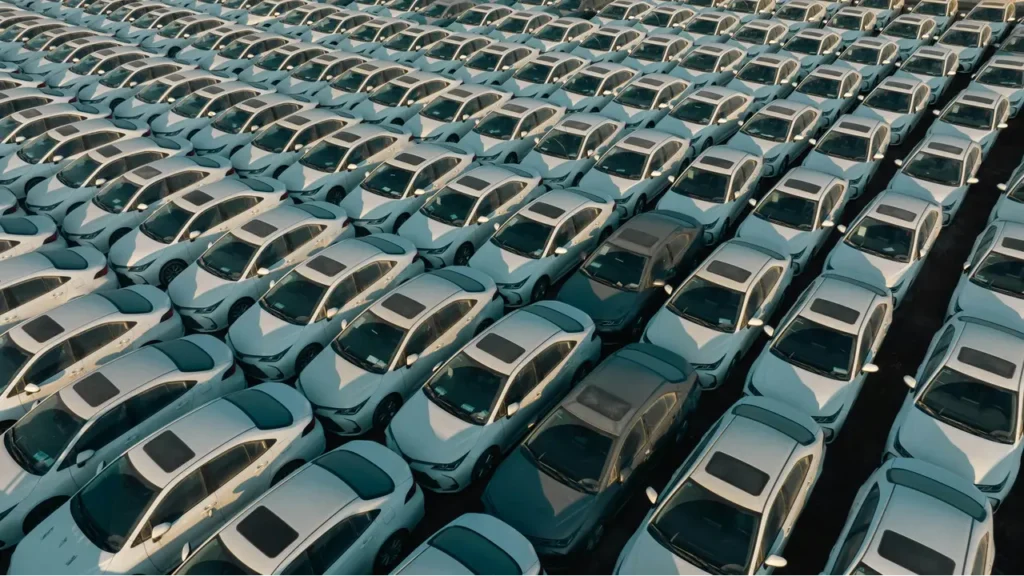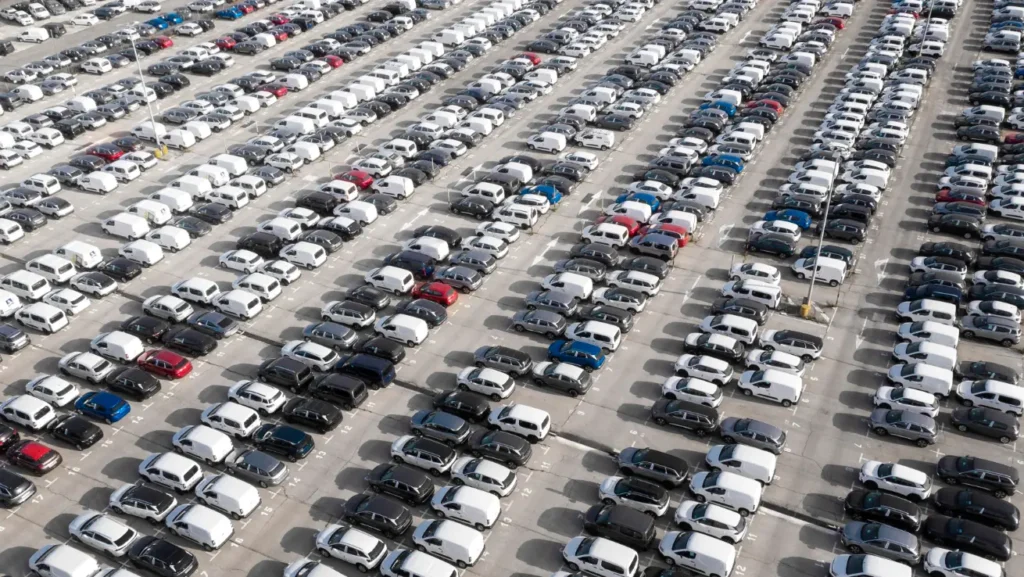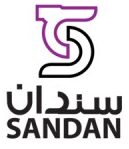Why inspection matters in the used-car market in Oman
Buying a used car in Oman can seem straightforward—wide availability, competitive prices, and plenty of online listings make the process tempting. Yet beneath that convenience lies the real determinant of value: a thorough car inspection. Inspection is not only a step to identify visible defects; it is an investigative process that determines whether a vehicle is safe, legal, and economically viable in Oman’s demanding driving conditions.
Oman’s car market is unique because it features a mix of GCC-spec and imported vehicles. Many used cars arrive from the United States, Japan, or the UAE, often at attractive prices. However, imported cars may have been exposed to accidents, floods, or structural repairs, and might not meet the performance requirements of Oman’s heat and terrain. An inspection helps detect such hidden histories early, preventing costly mistakes.
A professional inspection evaluates mechanical integrity, electrical systems, frame structure, and documentation consistency. It also assesses environmental readiness—how well the cooling system performs under Omani heat, whether the undercarriage shows corrosion from coastal air, or if the air-conditioning system operates at full capacity. These factors directly affect safety and long-term maintenance costs.
For buyers, inspection provides leverage in negotiation and protection from legal or financial disputes. Dealers often present “certified” reports, but independent verification is critical, especially when purchasing through private sellers. Many car owners in Oman rely on inspection centres located in Sandan Industrial City, where diagnostic workshops perform multi-point checks using professional-grade equipment.
The market rewards informed buyers. An inspected car not only brings peace of mind but also maintains a higher resale value because its condition and authenticity can be proven through documented reports.
Key Takeaways
- Inspection protects buyers from hidden mechanical or structural damage.
- Imported cars often require closer examination due to differing specifications.
- Independent inspections are vital before finalising payment.
- Sandan’s inspection centres offer trusted diagnostic services for buyers in Oman.
Pre-inspection preparation: what to gather before the physical check
An effective inspection begins before the first bolt or panel is examined. Preparation ensures that the inspection covers every technical and legal aspect, eliminating guesswork and incomplete evaluations.
The first step is defining the type of vehicle needed. Oman’s terrain varies from smooth highways to rocky mountain roads, so usage determines what inspection areas to prioritise. A family sedan requires attention to fuel efficiency, comfort, and electronics, while a four-wheel drive demands scrutiny of suspension, drivetrain, and undercarriage components. Understanding this context sharpens the focus of the inspection checklist.
Before scheduling the inspection, buyers should gather critical documents. The vehicle identification number (VIN) must match the registration (mulkia) and chassis plate. Any discrepancy can indicate tampering or import irregularities. Requesting a full service record helps identify missed maintenance intervals or recurring mechanical issues. Imported vehicles should have customs clearance certificates and, ideally, international vehicle history reports to verify accident and mileage records.
Communication with the seller is equally important. Ask for written disclosure of previous owners, accident reports, or warranty claims. Sellers with complete documentation usually signal transparency and proper maintenance.
Finally, decide who will perform the inspection. Independent inspection centres provide objective assessments and advanced diagnostics. In Oman, professional workshops within Sandan Industrial City have gained a reputation for reliable pre-purchase inspections that include paint-thickness measurement, chassis alignment tests, and electronic system diagnostics.
Thorough preparation not only saves time but also ensures the inspection reveals meaningful information. Skipping documentation review or failing to define inspection scope often leads to incomplete reports or unexpected repair costs after purchase.
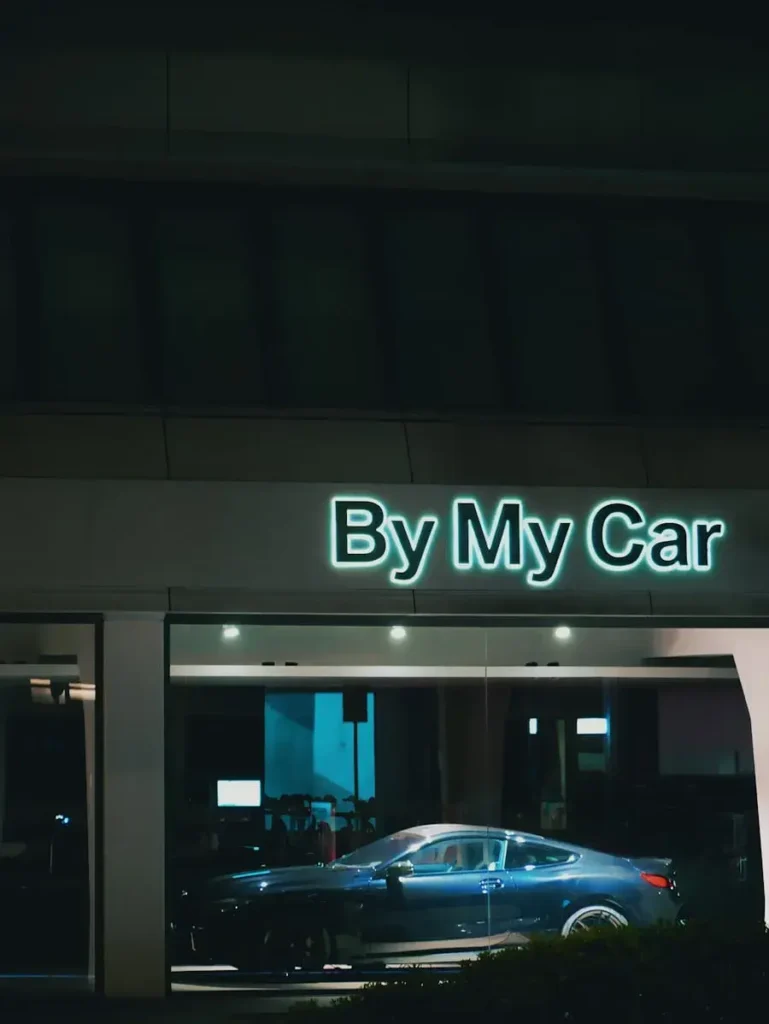
Exterior & body inspection: visual clues of hidden issues
The car’s exterior offers the first evidence of its true condition, and careful observation can reveal far more than a surface-level shine. Experienced inspectors treat every reflection, paint transition, and panel gap as data points in understanding a vehicle’s past.
A consistent paint finish across all panels indicates original factory work. Differences in gloss, slight colour mismatches, or uneven textures can expose previous repairs. A paint-thickness gauge helps confirm whether the car has been repainted or concealed rust. In Oman’s intense sunlight, fading or oxidation often occurs on vehicles left unprotected outdoors; such wear can hint at long-term neglect.
Panel alignment is another critical factor. Misaligned doors, uneven gaps around the hood, or mismatched fender bolts may indicate collision repairs or structural misalignment. Checking door hinges and latches for non-factory welds can further confirm hidden damage.
Underneath, the chassis tells a more honest story. Corrosion around suspension mounts or exhaust hangers can result from coastal exposure, while bent components suggest off-road misuse. Oman’s salt-laden air accelerates rust in vehicles parked near coastal regions like Muscat or Sohar, making undercarriage inspection particularly important.
Tyres reveal both usage pattern and alignment quality. Uneven tread wear often points to suspension or alignment problems. Inspectors also check production date codes to ensure tyres are not older than five years, as rubber deterioration can be dangerous under high heat.
Finally, external lighting, mirrors, glass, and seals are evaluated for cracks or moisture intrusion—signs of prior impact or poor sealing.
A precise body inspection prevents future surprises, as even cosmetic irregularities can lead to deeper mechanical or safety issues. When conducted by trained professionals using structured tools, such as those available in Sandan-based inspection hubs, it forms the foundation for a credible and data-backed vehicle assessment.
Interior, cabin, and safety systems check
The interior of a car reveals how it has been treated, how much it has truly been used, and whether it remains safe to drive. Even when a vehicle looks clean and well-maintained from the outside, the cabin often hides early warning signs of wear, flood damage, or neglect.
A proper interior inspection begins with materials and finishes. The condition of the seats, steering wheel, and gear lever should correspond with the car’s reported mileage. Excessive wear on these surfaces in a low-mileage car can suggest odometer rollback or misrepresentation. Upholstery tears, seat-belt fraying, or cigarette burns often indicate poor maintenance, while moisture or musty smells can hint at flood exposure—a known issue in imported vehicles.
Dashboard electronics demand close attention. Every light on the instrument cluster must illuminate briefly when the ignition is turned on, confirming functional bulbs and circuit readiness. If warning lights stay off permanently, they may have been disconnected to hide underlying faults. Infotainment systems, electric windows, mirrors, and central locking should all operate without delay or noise.
Air-conditioning performance is especially important in Oman. Weak cooling or compressor noise can signal an overworked or poorly maintained AC system. Inspectors also verify that vents distribute air evenly, a common problem in vehicles exposed to prolonged desert dust.
Safety systems form the final and most critical stage. Airbags, ABS, traction control, and seat-belt pretensioners should be tested electronically via an OBD diagnostic scan. This ensures no hidden safety faults exist beneath the surface. Even small signs—like uneven dashboard texture or replaced airbag covers—can indicate accident repairs.
Interior inspection is not merely aesthetic; it directly affects comfort, health, and crash safety. A detailed report covering electronic and safety checks adds objective proof of vehicle integrity, especially when conducted through professional workshops within Sandan Industrial City that have diagnostic scanning capability.
Mechanical & drivetrain inspection: engine, transmission, and cooling
The mechanical inspection forms the technical heart of the evaluation. It determines whether the car can perform reliably under Oman’s demanding conditions of heat, dust, and long highway stretches.
The process begins in the engine bay. Inspectors examine oil quality and level, coolant colour, and signs of leaks around gaskets or hoses. Thick, dark oil suggests neglect, while frothy coolant may indicate head-gasket failure. The belts and hoses should be free from cracks or swelling, and the radiator fan must activate normally once the engine warms up. In Oman’s heat, cooling systems experience extreme strain, so any signs of overheating—such as residue around the coolant tank—warrant attention.
The test drive provides further insight. A smooth idle, consistent acceleration, and balanced braking pattern show good health. Vibrations, hesitation, or gear slips indicate potential drivetrain wear. For manual vehicles, the clutch engagement point and pedal feel reveal much about prior use. Automatic transmissions should shift cleanly without delay or jerks.
Exhaust smoke offers diagnostic clues: blue smoke points to oil burning, white to coolant leaks, and black to poor fuel mixture. Each has implications for long-term repair costs. An OBD-II scanner, available in professional inspection centres, reads hidden fault codes from sensors that do not yet trigger dashboard warnings.
In GCC-spec cars, the cooling system is built to withstand Oman’s climate, featuring larger radiators and stronger compressors. Imported models may lack these features, resulting in premature overheating. Mechanics in Sandan Industrial City frequently adapt imported cars to GCC standards, a service worth considering during inspection.
An engine in good condition runs quietly, maintains stable temperature, and shows no leakage or burnt smell after a test run. Mechanical soundness is the foundation for reliable ownership, and a proper pre-purchase evaluation saves significant repair expenses later.
Documentation and history verification
No inspection is complete without confirming the legal and historical integrity of the vehicle. Documentation reveals whether the car’s story aligns with its physical condition, and mismatches often uncover hidden problems more effectively than mechanical checks alone.
The first step is to verify the vehicle identification number (VIN). It should appear consistently on the chassis plate, dashboard, registration card (mulkia), and any customs paperwork. A mismatched VIN can indicate tampering or unreported structural replacement. Once verified, the VIN can be decoded through international databases to confirm production year, original specifications, and recall history.
Service records are equally vital. A continuous maintenance logbook reflects consistent care and adherence to manufacturer recommendations. Missing entries during critical mileage intervals can point to skipped servicing or major undocumented repairs. In Oman, buyers often request dealership-stamped service records or digital maintenance histories when available.
Ownership and registration data from the Royal Oman Police (ROP) confirm whether the car carries outstanding fines, loans, or previous accident claims. Imported vehicles must have customs clearance certificates and valuation documents showing they entered the country legally.
Professional inspection centres frequently provide an independent condition report attached to the sale contract. This record includes mechanical ratings, accident evaluation, and photo documentation. Attaching such a report protects both buyer and seller by clarifying the vehicle’s state at the time of sale.
Finally, contracts should specify that payment completion depends on inspection results. Clauses allowing withdrawal if undisclosed faults appear are common practice in Oman’s used-car market. Legal clarity, paired with a verified inspection record, ensures financial safety and smooth ownership transfer.
Where to inspect a used car in Oman
Choosing the right place for a pre-purchase inspection in Oman can make the difference between a confident purchase and a costly mistake. Not all inspection facilities offer the same depth of technical expertise, diagnostic tools, or transparency in reporting. For an accurate assessment, the inspection centre should combine certified technicians, computerized diagnostics, and structured documentation.
In Oman, three main options exist: dealership inspection centres, independent garages, and specialized automotive zones such as Sandan Industrial City. Dealerships typically focus on vehicles of their own brand and follow strict procedural standards, but their inspections can be more expensive and limited in scope. Independent garages, while more affordable, vary widely in quality and may lack the specialized equipment needed to assess electronic systems in modern vehicles.
Sandan Industrial City has emerged as a central hub for professional car inspections. It hosts multiple licensed workshops that perform detailed multi-point evaluations, including chassis alignment, paint thickness analysis, OBD fault-code scanning, and suspension testing. Because these facilities serve both individual buyers and car dealerships, they are structured to provide clear, third-party assessments. The advantage lies in diagnostic transparency—each report documents findings through data, photos, and written recommendations.
Some inspection centres also provide roadworthiness certification accepted by the Royal Oman Police, streamlining the registration process after purchase. This is particularly useful for imported cars requiring local compliance validation.
A practical approach is to combine different inspection methods: start with a visual and documentation check at the seller’s location, then proceed with a full diagnostic inspection at a professional facility. The small investment in professional testing typically saves far greater sums in future repairs.
When selecting where to inspect, buyers should prioritize reputation, certification, and diagnostic accuracy. Sandan’s structured environment and concentration of technical expertise make it an ideal destination for trustworthy and comprehensive vehicle assessments in Oman.
Making the purchase decision after inspection
The inspection’s outcome should inform—not merely justify—the buying decision. A detailed inspection report transforms subjective impressions into actionable data, helping buyers weigh risks and negotiate confidently.
After receiving the report, categorize findings into three levels: minor wear, repair-required issues, and deal-breaking faults. Minor wear includes consumables like tyres, brake pads, and fluids that naturally degrade over time. Repair-required issues, such as small oil leaks or suspension noise, may be manageable but should reduce the final price proportionally. Deal-breaking faults include structural damage, engine misfires, or flood exposure, any of which compromise the car’s integrity.
In Oman’s competitive used-car market, inspection results often serve as negotiation leverage. Buyers can present repair estimates and use them to request price adjustments or seller-funded repairs before purchase. Reputable sellers typically accept such discussions when inspection evidence is clear and documented.
Financial prudence involves factoring in future maintenance costs. Even if a vehicle passes inspection, older models or high-mileage cars might soon require major replacements, such as timing belts or suspension components. Inspectors can estimate these upcoming expenses to provide a clearer picture of total ownership cost.
When the report confirms strong condition, proceed with payment only after legal verification and contract finalization. Transfer of ownership at the Royal Oman Police offices requires valid inspection documents and insurance. Keeping all inspection records safely stored helps with warranty claims or resale later.
Ultimately, the best decision balances technical findings with long-term value. Inspection does not eliminate all risk but shifts it toward measurable certainty. Informed buyers benefit from confidence and clarity—key elements of sustainable purchasing behavior in Oman’s growing automotive market.
Post-purchase steps and long-term maintenance strategy
After a successful purchase, the inspection report becomes a maintenance roadmap. It lists existing issues and early warning signs, helping owners schedule repairs before problems escalate. Treating the report as a living document ensures that the car’s condition continues to reflect its original evaluation.
The first step post-purchase is immediate preventive servicing. Replacing engine oil, filters, brake fluid, and coolant establishes a known maintenance baseline. Even if the seller claimed recent service, confirming it personally ensures reliability. For imported cars, adjusting systems to GCC specifications—especially the cooling and air-conditioning setup—is recommended to cope with Omani temperatures.
Periodic inspections every six months or 10,000 kilometers maintain consistency. Many owners in Oman use Sandan Industrial City’s network of service centres to track performance metrics through digital service records, which aid resale valuation later.
Document retention is crucial. Keeping copies of all service and inspection reports allows future buyers or insurance providers to verify the vehicle’s history. Vehicles with transparent maintenance records command higher resale prices, especially in regions such as Muscat or Sohar where competition is strong.
Lastly, continuous inspection awareness builds a responsible car culture. Checking tyre pressure, fluid levels, and warning lights monthly reduces the likelihood of mechanical failure and preserves value over time. In a country where long-distance travel and high temperatures challenge mechanical endurance, this habit transforms inspection from a one-time event into an ongoing process of vehicle stewardship.
Proper inspection not only prevents financial loss but also promotes road safety and environmental compliance. For Oman’s growing community of car buyers, combining inspection, documentation, and maintenance defines smart ownership and trust in the automotive ecosystem.
Frequently Asked Questions (FAQs)
1. Why is car inspection essential before buying a used car in Oman?
Inspection helps detect hidden mechanical, electrical, and structural issues. It ensures the car complies with Oman’s road safety standards and performs reliably in extreme temperatures.
2. How much does a car inspection cost in Oman?
Depending on the inspection depth and location, costs typically range from OMR 20 to OMR 60. Centres within Sandan Industrial City offer full diagnostic packages with certified reports.
3. What documents are needed for a car inspection?
Essential documents include the vehicle registration (mulkia), VIN verification, service records, and customs papers for imported vehicles.
4. Can imported cars pass inspection easily in Oman?
Yes, provided they meet GCC specifications. Imported vehicles may need cooling, air-conditioning, or emission adjustments to comply with local conditions.
5. Where is the best place to inspect a car in Oman?
Sandan Industrial City is a trusted destination, offering professional inspection workshops equipped with advanced diagnostic tools and transparent reporting systems.
Conclusion
A detailed inspection transforms car buying in Oman from a gamble into an informed decision. It connects every aspect—mechanical condition, legal documentation, and long-term maintenance—into a unified understanding of a vehicle’s real value. In a market filled with imported and pre-owned cars, skipping inspection often leads to unexpected repairs or hidden legal complications.
Reliable inspection centres, especially within Sandan Industrial City, help buyers identify authentic, roadworthy vehicles that match Oman’s harsh climate and terrain. The process is more than technical verification; it’s an investment in safety, transparency, and financial stability. By prioritizing thorough inspection and documentation, car buyers in Oman secure dependable transportation and protect their long-term investment.

